Optimal Timing for Storm Restorations
Storm restorations are most effective when performed during specific times of the year to minimize damage and ensure optimal results. The best time for storm restorations often aligns with periods of moderate weather, avoiding extreme cold or heat that can hinder repair processes. Proper timing can also reduce costs and improve safety for restoration crews.
This period typically experiences increased storm activity, making early restoration efforts crucial to prevent further damage.
Post-storm seasons are ideal for repairs, as weather conditions are generally more stable and conducive to restoration work.
Performing restorations during off-peak times can lead to quicker scheduling and cost savings due to lower demand.
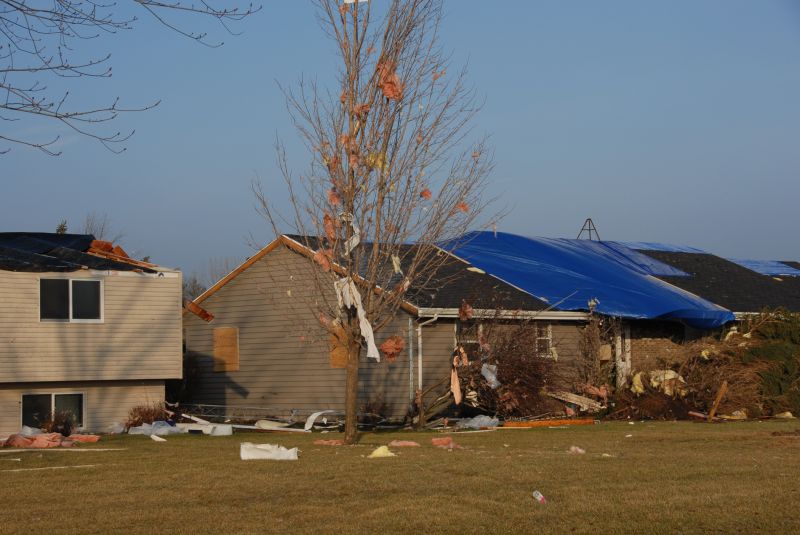
Evaluating storm damage promptly ensures timely restoration planning.
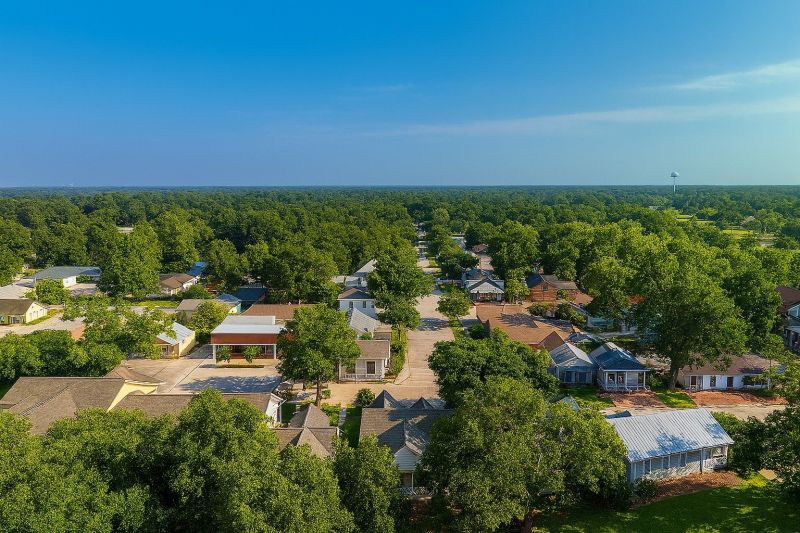
Spring offers favorable weather for roof restoration projects.

Conducted when weather conditions are stable to ensure quality repairs.

Ways to make Storm Restorations work in tight or awkward layouts.
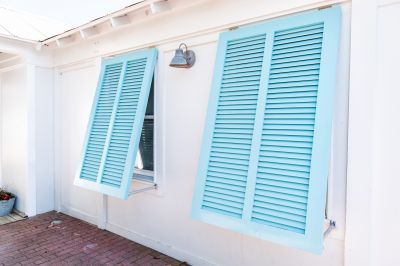
Popular materials for Storm Restorations and why they hold up over time.

Simple add-ons that improve Storm Restorations without blowing the budget.
| Season | Optimal Timing |
|---|---|
| Spring | Early spring is ideal for initial storm damage assessments and repairs. |
| Summer | Late summer is suitable for completing storm restoration projects. |
| Fall | Autumn offers stable weather for final repairs and inspections. |
| Winter | Generally less suitable due to cold and potential snow delays. |
Storm restorations involve repairing and restoring properties damaged by severe weather events such as high winds, hail, and heavy rain. These efforts may include roof repairs, siding replacements, window restorations, and structural assessments. Prompt restoration minimizes further damage, reduces repair costs, and helps maintain property value. Accurate assessment and timely action are essential components of effective storm restoration strategies.
Statistics indicate that storm-related damages are most prevalent during the spring and summer months, with an increase in severe weather events. Proper timing of restorations can significantly impact the longevity and quality of repairs. Planning repairs during periods of stable weather enhances safety for crews and ensures that materials are not compromised by adverse conditions.
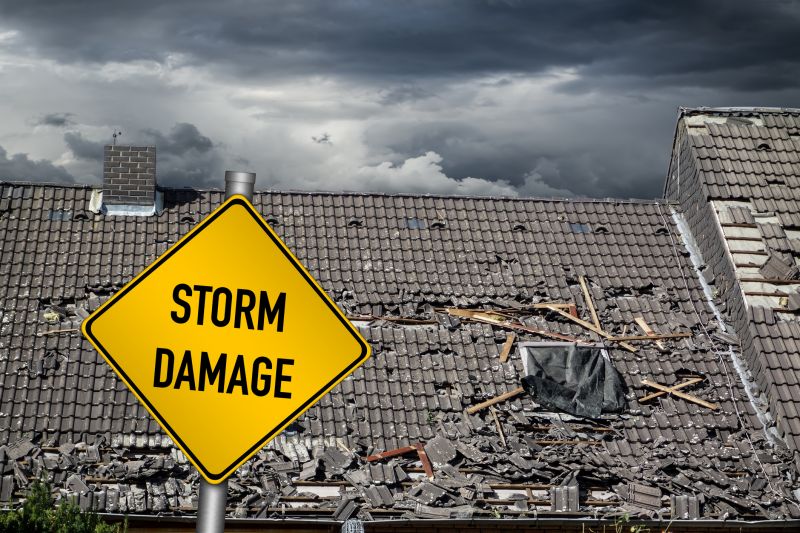
Assessing roof damage after a storm is critical for effective restoration.
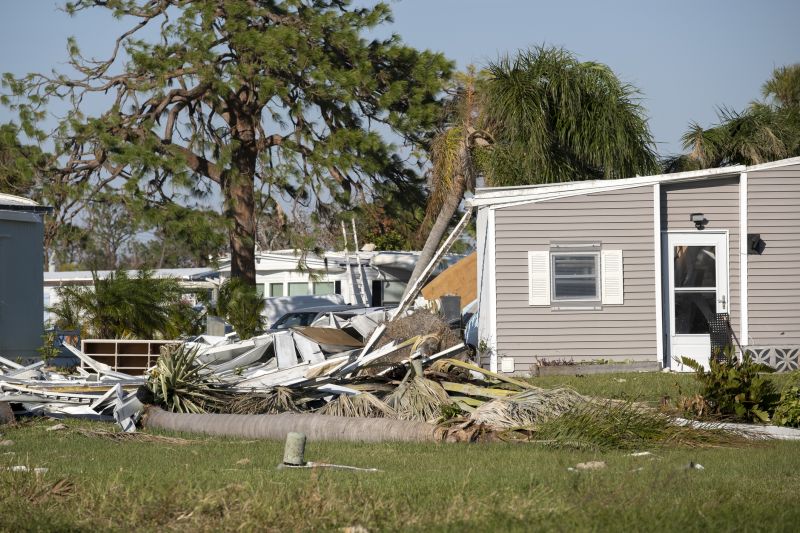
Timely siding restoration prevents further structural issues.

Replacing damaged windows restores property security and integrity.
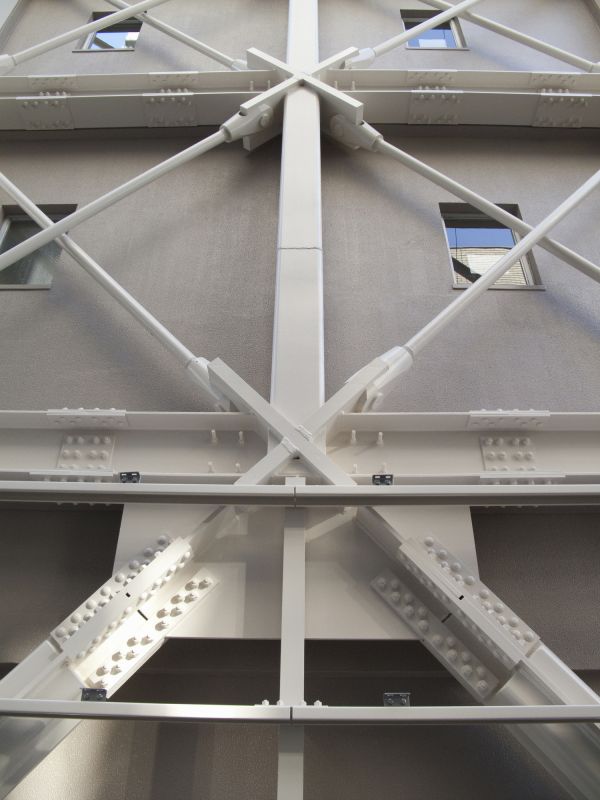
Reinforcing structures after storm damage ensures safety and durability.
Interested property owners can consider scheduling storm restorations during the recommended seasons to ensure efficient and effective repairs. Proper timing, combined with professional assessment and execution, can help restore properties to their pre-storm condition and protect against future weather events.

